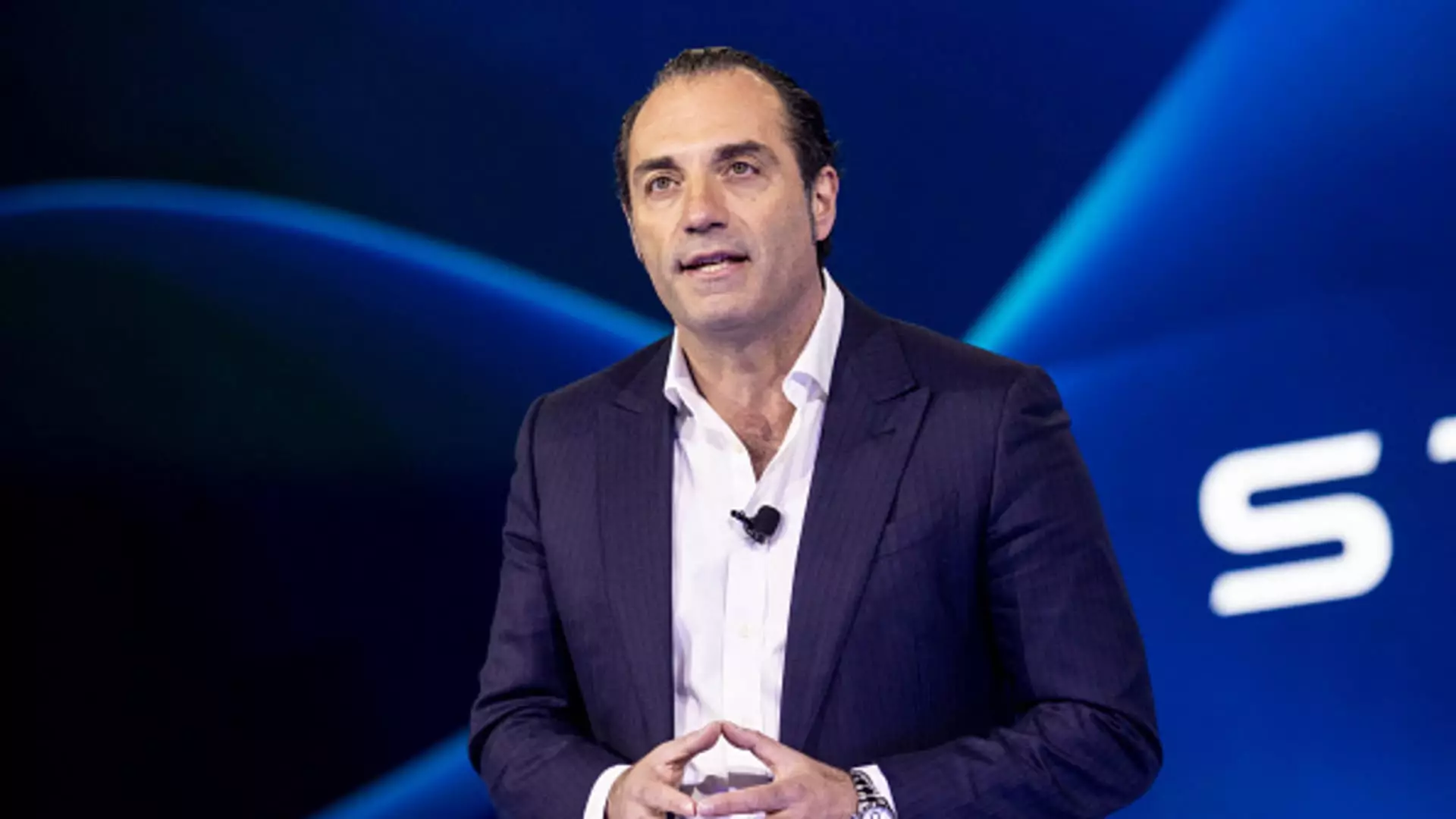In a bold move to reclaim its footing in the competitive automotive landscape, Stellantis has unequivocally declared its primary objective for 2023: amplifying its retail market share within the United States. After enduring a continuous decline in sales for several years, including prior to the merger between Fiat Chrysler and PSA Groupe that formed Stellantis, the automaker recognizes the urgency of revitalizing its presence in its largest market. Antonio Filosa, who has been helming Stellantis’ North American operations since October 2022, emphasizes the necessity of growth in U.S. retail sales as crucial to the company’s turnaround strategy. Central to this effort is the establishment of a refreshed leadership team that is better equipped to establish synergies with dealers and launch new products that resonate with American consumers.
Sales Trends: An Alarming Decline
Stellantis’s sales figures tell a disheartening story. Since 2018, the company has witnessed a steady downturn in its U.S. market share, plummeting from 12.6% in 2019 to a mere 9.6% in 2023. This is particularly concerning given the broader context of a rapidly evolving automotive market that increasingly favors electrification and technological innovation. The brands under the Stellantis banner, including Jeep and Ram, have been particularly impacted by this decline, prompting leadership from these divisions to adopt a “grow or die” mentality moving forward. The pressing need for a revitalization strategy is further exacerbated by a competitive landscape populated by traditional automakers and new entrants alike, all vying for a share of the lucrative American market.
Filosa’s candid recognition of Stellantis’s historical missteps speaks volumes about the company’s commitment to change. Under the previous leadership of Carlos Tavares, an intense focus on profitability overshadowed the pressing need to maintain and grow market share. This mentality led to a disconnection with the realities of the American automotive market and contributed to the company’s adverse sales performance. As Stellantis moves forward, it seems increasingly apparent that a holistic reevaluation of its approach to the U.S. market is imperative. With plans to foster stronger relationships with dealers and enhance product offerings, Stellantis acknowledges the need to prioritize both volume and margin – a balancing act that will be critical to its recovery.
Bob Broderdorf, the head of Jeep in North America, describes Stellantis’s new strategies as “aggressive” and indicative of significant changes that will be apparent to consumers who may have previously dismissed the brand. This injection of optimism, coupled with renewed efforts from Ram leadership to recalibrate product strategy, indicates a concerted team effort to stimulate sales and enhance brand loyalty. Tim Kuniskis, responsible for Ram Trucks, asserts the need for timely adjustments borne from previous operational shortcomings, revealing a collective desire to not only reclaim lost ground but to generate a more sustainable and robust path forward.
As Stellantis embarks on its reformation journey, external factors loom large on the horizon. The potential regulatory landscape under the incoming administration poses new challenges for automakers, particularly concerning all-electric vehicle incentives and trade tariffs impacting operations in neighboring Canada and Mexico. Filosa notes that the company is preparing to navigate potential shifts in policy, hinting at the possibility of job creation within the U.S. if conditions permit. Such adaptability during regulatory transitions will be pivotal as Stellantis strives to align its operational framework with evolving market demands and governmental expectations.
Stellantis stands at a pivotal fork in the road as it navigates the complexities of the U.S. automotive market. By addressing past mistakes, reinforcing its commitment to dealers, and recalibrating its product strategy, the automaker hopes to rebound from its recent sales declines. With an understanding that resilience is required to thrive amid competition and regulatory challenges, Stellantis is working diligently to instill a renewed sense of purpose and direction. The coming years will serve as a litmus test for Stellantis — one that could either solidify its standing as a strong contender in the automotive industry or further entrench its position in a precarious state of decline.

